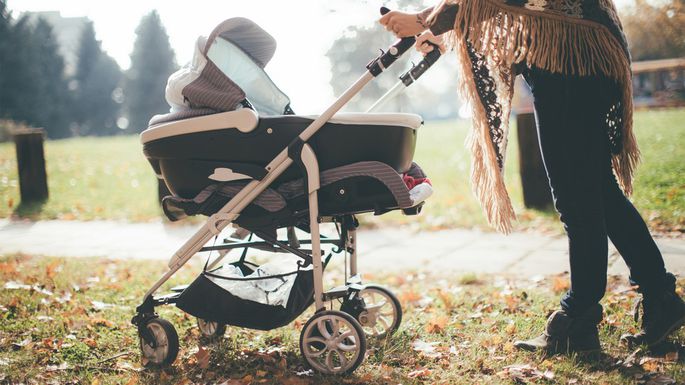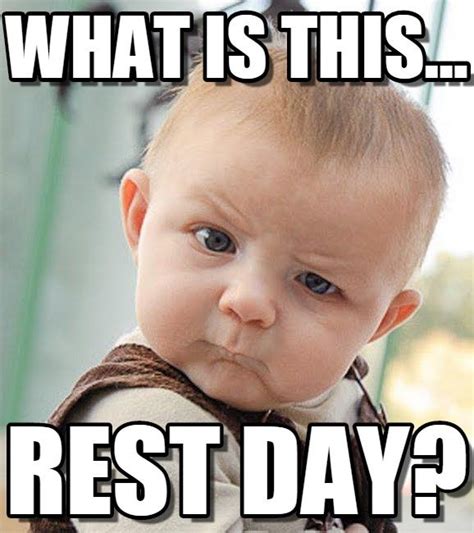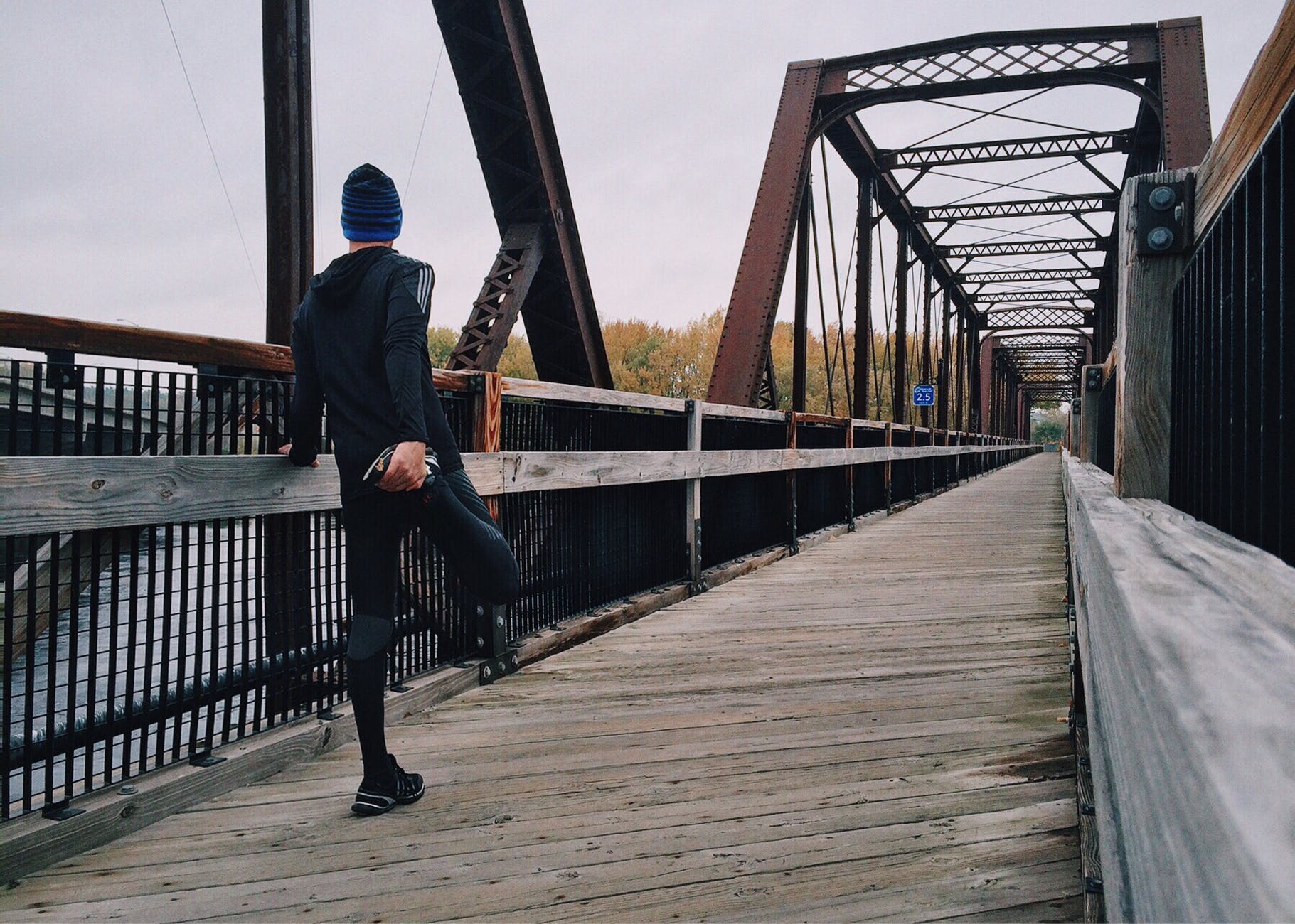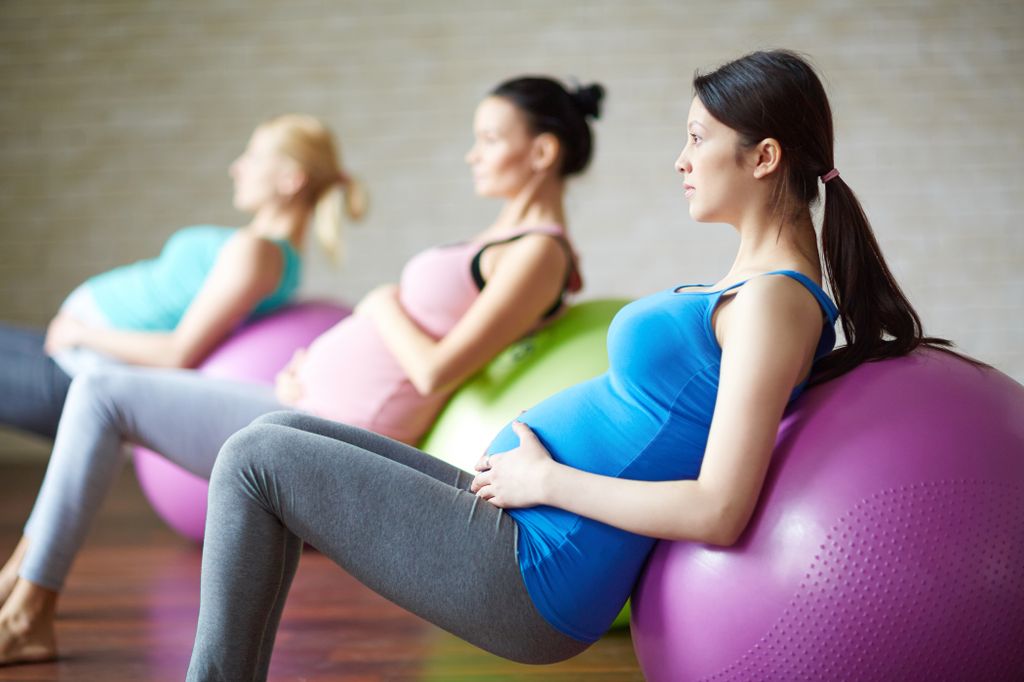
Pekic/iStock
I still remember how overwhelming it felt registering for baby number one. When you don’t know what you don’t know…it can feel almost paralyzing trying to make decisions.
Like…how do I choose from literally three gazillion types of baby bottles? What’s up with all the different breast pumps, let alone all their accessories? And are the more expensive car seats and strollers actually better – i.e. will they keep my baby safer?!
Ultimately, I avoided big box stores like the plague and went straight to a local boutique here in Portland that helped me streamline “needs” from “wants” and cut out most “totally unnecessary crap” (i.e. a wipe warmer – don’t waste your time or money).
That strategy helped, yes, but now that we’re prepping for numero dos (and especially since s/he is coming a mere two years later), there are still some things I wish I would’ve known – like to buy a stroller and a monitor with the capability of converting for two.
Hindsight may be 20/20, and it’s true that each family and baby is different (so there will always be some tweaking)…but I thought it’d be fun to ask some seasoned mom friends (with two to four kiddos each!) for their regrets, wish lists and best advice when it comes to gearing up for that little person who’s about to enter your life…
First up, moms share their “woulda-shoulda-couldas” learned along the way.
REGISTRY REGRETS
Feeding Time
“I would have held off on buying baby bottles and borrowed some to try. We ended up going through six types of bottles before we found one baby would take. Now I have a lot of extra bottles.”
“Bottles! Each baby is different. You may need one bottle of a few kinds to try out before something really kicks in.”
“I wouldn’t bother with a bottle warmer. It’s better they don’t get used to warm milk so they are more likely to take milk cooler when you’re on the go.”
“Most of my registry “regrets” come from preparing for things that ultimately didn’t happen. I prepared for vaginal births and breastfeeding…I had two c-sections and boobs that didn’t work. I had ALL the breastfeeding/pumping supplies and didn’t need anything. ”
“Breastfeeding stuff. I think that is good to have nourishing cream, pads, etc…but it ultimately it’s hard to buy all the stuff only to realize you can’t.”
“The one thing I regret not registering for was baby formula. I was not able to produce milk, and we had to go to formula sooner than planned. We did not know how expensive formula was before we had to get it. If people put it on their registries and end up getting some and not using it, they can always donate it!”
Catching Some ZZZ’s
“I wouldn’t have invested in a convertible crib. With two kids two years apart, we didn’t want to buy two cribs. So instead of being able to use the toddler bed, we ended up just moving our two-year-old into her big girl bed by the time baby came.”
“I wish I would have registered for the Baby Bijorn Travel Crib – two kids in, and I still wish I would gotten that!”
“We ended up needing a camera I can access from my phone. I love that I can see her at work, plus if the monitor is in the other room, I can just check my phone.”
“A camera monitor! With multiple cameras! I thought I would always be by his side.”
Keeping Warm & Cozy
“Clothes. That’s the fun thing for people to go off-registry for, but it’s impossible to know what will fit when (my four kids ranged in weight at birth from 6#8oz to 9#11oz and grow at remarkably different paces).”
“Fancy swaddles. I didn’t realize I had a child that would only be lightly swaddled for two weeks before moving to a sleep sack.”
“Please NO more blankets. I have about three favorites and two huge bins full of them!”
On the Move
“I wish I would have bought a stroller that converted to a double from the beginning. We knew we wanted at least two, but it never dawned on me to have a stroller that accommodated both of them.”
“I didn’t even know that they made convertible strollers… that would have been good to know!”
“I don’t suggest a double Bob. They’re huge, and running with two in tow is actually a challenge.”
“I would get a different car seat – one with more easily adjustable straps!”
“I wish I hadn’t registered for a pee pad for/under the car seat. When I had the baby car seat safety class in the hospital they scared me into not wanting to use them.”
Next up, moms weigh in on what they found to be the most lifesaving products when it comes to keeping baby happy.
NEWER MUST-HAVES
Items Getting Rave Reviews
“I would definitely get a Dock-a-tot! I co-slept way more then I expected (aka I said I would NEVER do it…ummm yeah that lasted like two hours).”
“I literally put my son in a short basket in the middle of the bed. It had a tight sheet on it and was like $10 on Amazon.”
“Dock-a-tot! I am obsessed with ours and tell all of my friends about to be moms to invest in one.”
“I wouldn’t have been able to live without our Nest camera for a monitor – easy to access from my phone from anywhere, and we pack it with us whenever we sleep somewhere overnight.”
“Definitely a Rock-n-Play…we have two one upstairs and one down. And a white noise machine…for keeping #1 asleep at night when #2 is fussy!”
And finally, moms get real with what helps the most when it comes to transitioning into parenthood.
FROM THE MOUTHS OF MAMAS
Most-Appreciated Items
“Consider neutral colors of items like seats, sleep sacks, Boppys, etc. that work for both girls and boys.”
“My recommendation would be to lock in as many hand-me-downs from co-workers/family/friends BEFORE setting up a registry to know what things might be available.”
“While all the frou frou stuff is undoubtedly appreciated, money is the best gift ever. I ended up not needing most, if not a lot, of what I received as gifts…and the toys we got were destroyed within the week if not ever played with again out of boredom.”
“Target and Amazon gift cards were the most appreciated gifts because I was able to chose things myself when I needed them.”
“Gift cards to restaurants were great because I couldn’t cook since I had a c-section. It was hard to move, and my recovery was long!”
“Starbucks gift cards were awesome since I needed help staying awake to take care of big brother while the little one slept.”
“Gift certificates to Buy Buy Baby or your favorite local baby store go a long way.”
“It would have been nice to have more bed sheets because my kids always threw up or soiled our sheets while we were co-sleeping. I never had enough!”
“The best registry gifts are when several people go in on an expensive item, like a dream stroller (note: those HUGE strollers are great in the city…suburbia so heavy to get in the car), a nice car seat or a nice high chair.”
“It’s worth it to acknowledge that the first few months are full of emergency Amazon orders so gift cards are a great idea!”
“I am almost certain that I’ve made a purchase from Amazon every day since my daughter was born. So, gift cards!”
“A baby nanny. I see celebrities have them, but give the baby nannys to us common folk!”
“You don’t need as much STUFF as you think you do. Get gift cards and diapers, the rest will work itself out!”
First-time mamas and repeat mamas-to-be, hopefully you’ve been able to glean some good information from the wisdom of these seasoned pros!
Do you have any registry regrets that didn’t make the list? What about newer products you can’t live without? Or advice for mamas who are navigating their registries for the first time?










